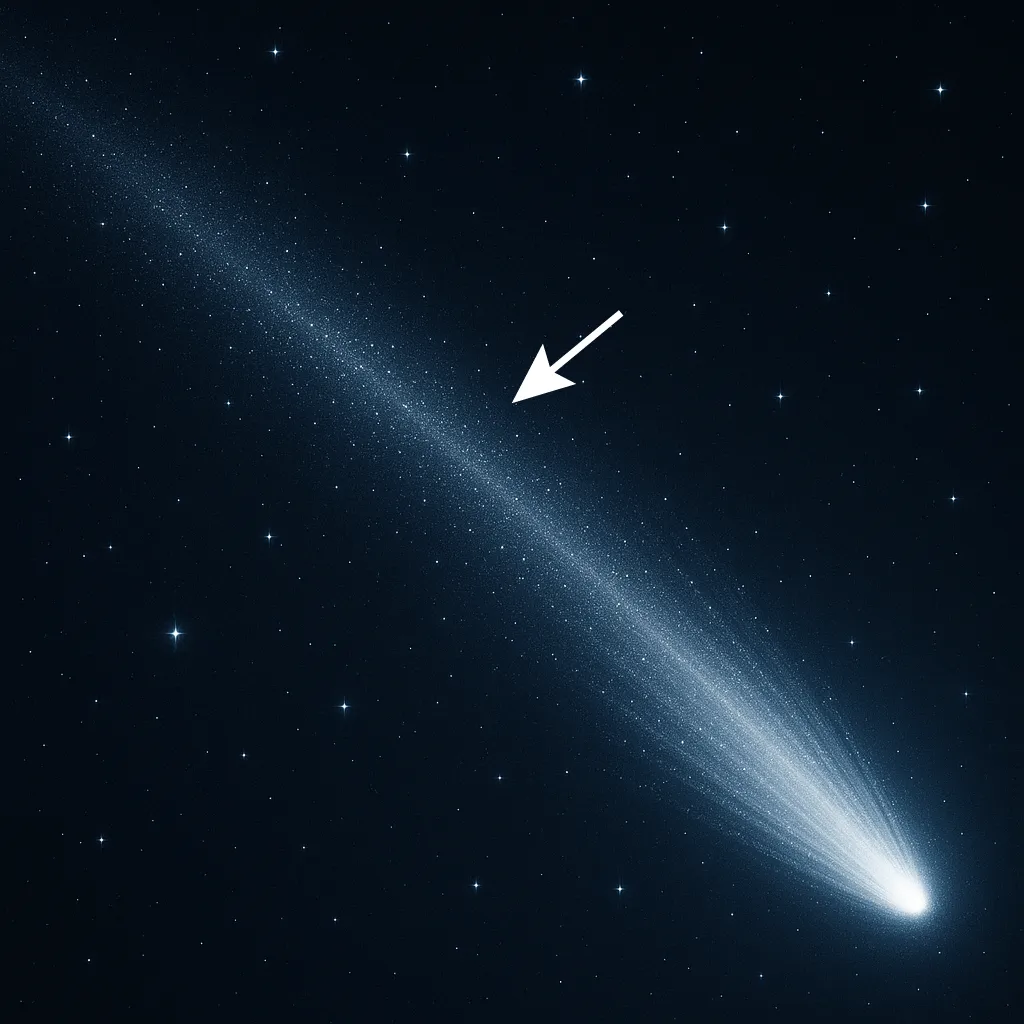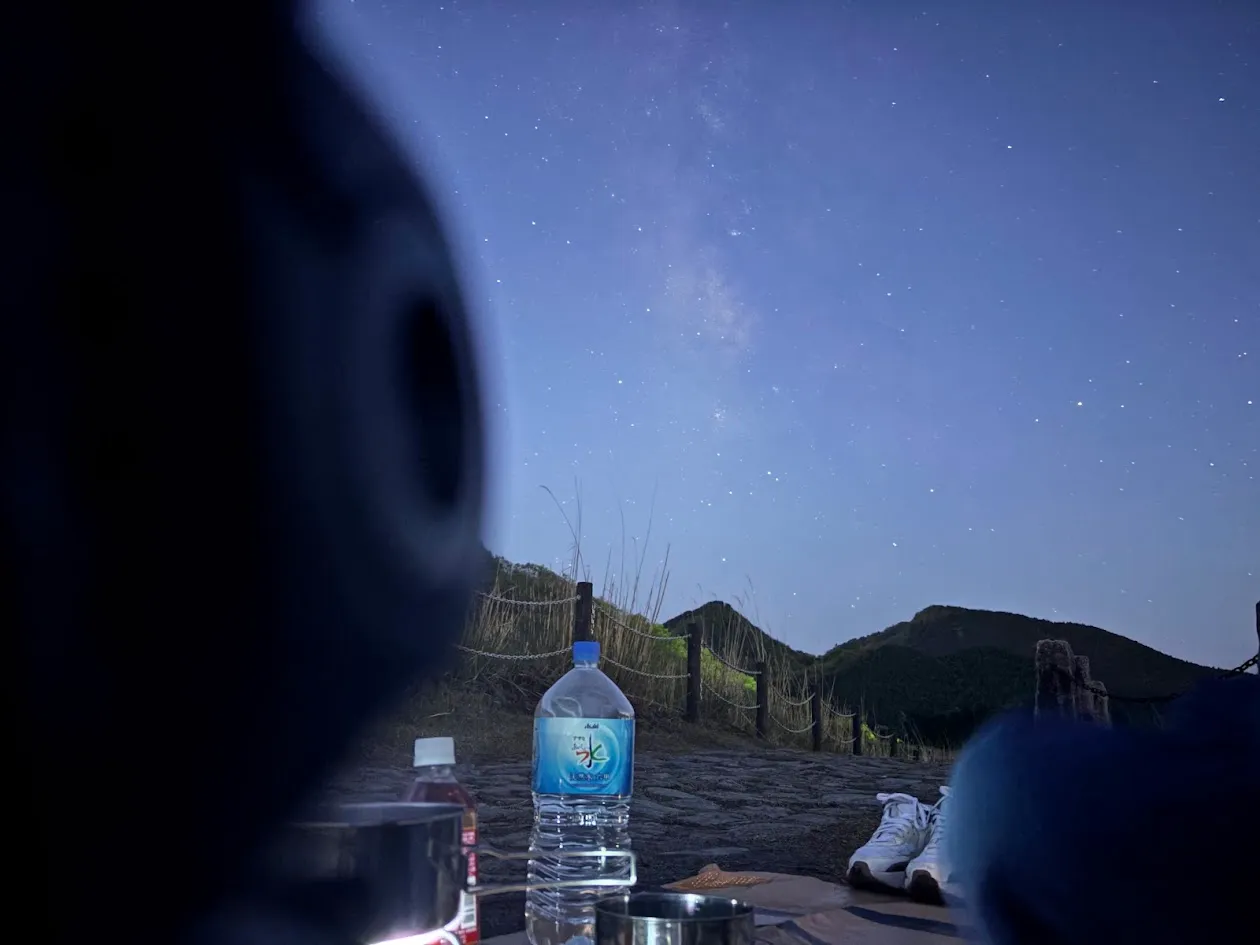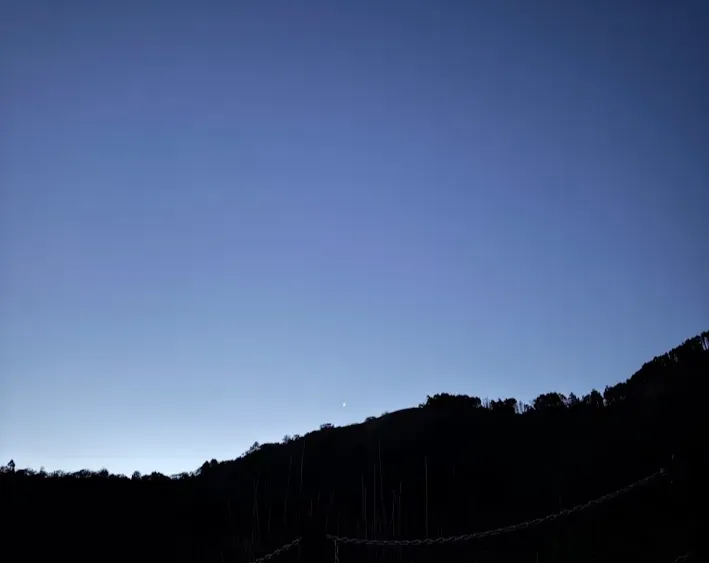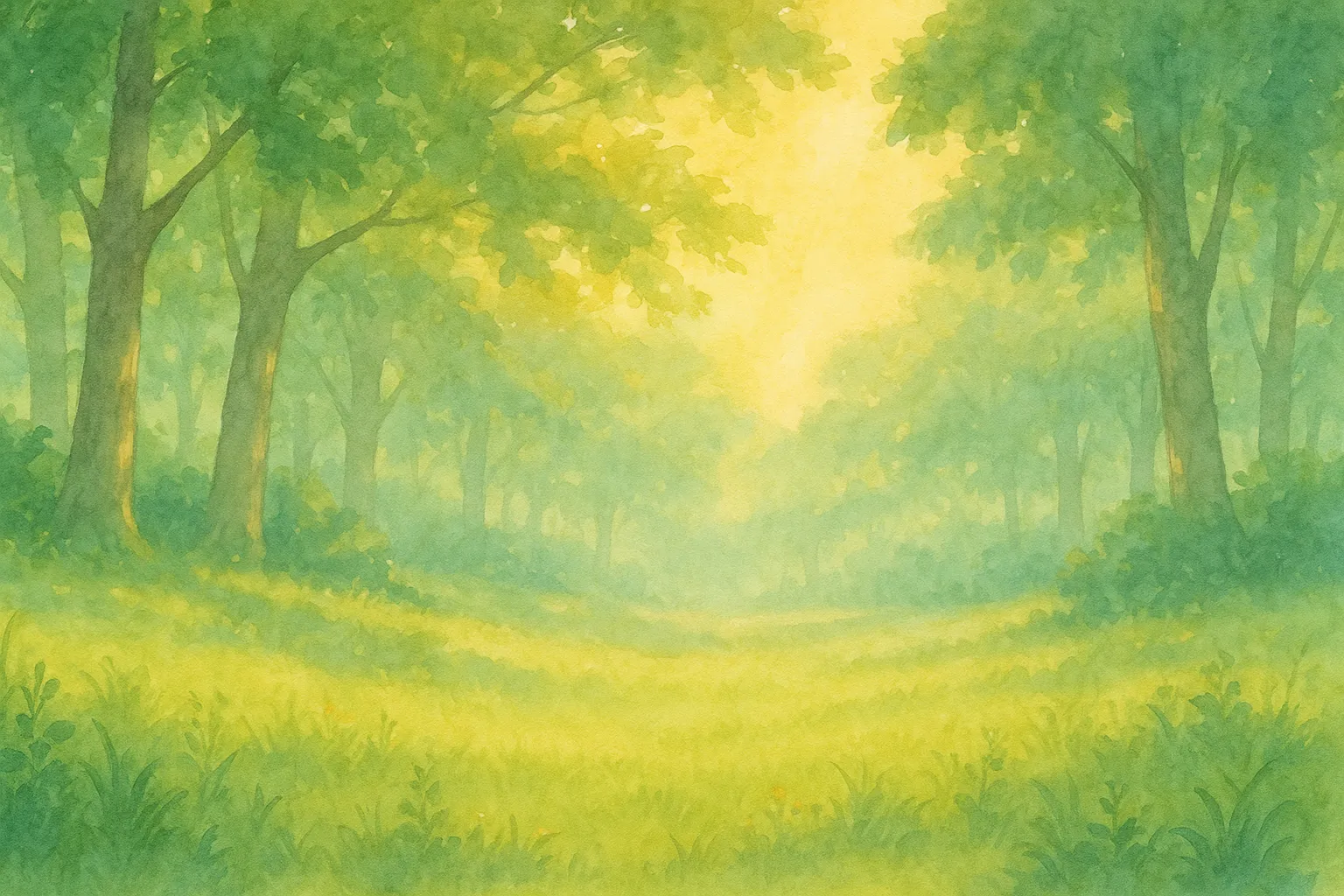![Cover image of [Nara Prefecture] Stargazing at Soni Plateau | Let's Go See the Aquariids η Meteor Shower and the Morning Star](/_astro/%E6%98%9F%E7%A9%BA.Db44ZNNF_tUK97.webp)
[Nara Prefecture] Stargazing at Soni Plateau | Let’s Go See the Aquariids η Meteor Shower and the Morning Star
In May 2025, as the Aquariids η meteor shower reached its peak, I visited Soni Plateau, one of Kansai’s premier stargazing spots. This article introduces my actual experience observing the meteor shower and the morning star (Venus), as well as the observation environment at Soni Plateau.
First, I’ll write about what I researched regarding meteor showers. If you only want to know about the observation experience at Soni Plateau, please jump to “Observing the Aquariids η Meteor Shower at Soni Plateau”!
What is the Aquariids η Meteor Shower? Characteristics and 2025 Peak Period

When you hear “meteor shower,” you might imagine stars moving in large groups, but in reality, it’s dust (fragments) fallen from comets. Meteor showers consist of a single comet and the dust that has spilled from it, and what we see as meteors is this dust burning and glowing as it enters the atmosphere.
The orbit that a comet has passed through in the past is littered with a lot of dust. When Earth approaches that orbit, meteor showers appear.
Characteristics of the Aquariids η Meteor Shower and 2025 Peak Date
The Aquariids η meteor shower occurs when Earth encounters dust left behind by Halley’s Comet. It gets its name because the radiant point (the point from which meteors appear to shoot out) is in the direction of the constellation Aquarius.
The peak date for 2025 was May 6th, and the pre-dawn hours were considered the best viewing time.
※Peak refers to the period when a meteor shower is most active.
Observing the Aquariids η Meteor Shower at Soni Plateau
Access Methods and Parking Information
We arrived at Soni Plateau Parking Lot (Tararoji, Soni Village, Uda District, Nara Prefecture) around 1:00 AM. The parking fee is 800 yen, but it’s spacious and easy to park, with 24-hour accessible restrooms for peace of mind. From Osaka, take Prefectural Route 81 by car.
Actual Observation Experience and Temperature Precautions
Despite being May, the temperature dropped to about 7 degrees Celsius, so cold weather protection is essential. After relaxing in the car, we went out for observation. The night sky viewed while grilling sausages on a camping stove was exceptional.

Observation Results of the Aquariids η Meteor Shower
While I couldn’t photograph the meteor shower, I was able to visually confirm two meteors! Shooting stars disappear in an instant, making them difficult to capture in photos, but the brightness seen with the naked eye is exceptional. For naked-eye observation, I recommend spending about 15 minutes in darkness to let your eyes adjust to the starry sky.
A Moving Encounter with the Morning Star (Venus)
Around 4:00 AM, as the sky began to brighten and we were about to leave, something bright was shining at the boundary of the eastern mountains… It was the morning star (Venus)! Venus seen in the eastern sky before sunrise is the brightest shining planet in our solar system.

Being able to see the “morning star” that I learned about in middle school in this way made me feel very fortunate. One of the joys of stargazing is these unexpected encounters.
What I regret is that I noticed it too late and couldn’t take a photo at a brighter, more beautiful timing.
Why Soni Plateau is Ideal for Meteor Shower Observation [Kansai’s Premier Stargazing Spot]
Soni Plateau is one of the most popular stargazing spots in the Kansai area. The reasons are:
- Good accessibility: Complete with parking (24-hour accessible) and easy to visit by car
- Little light pollution: Few artificial lights at night, making the view of the starry sky significantly better
- Comfortable observation environment: With restrooms and rest areas, you can stay for long periods with peace of mind
- High altitude: Located on a plateau about 700m above sea level, the air is clear and stars are easy to see
Things to Prepare
When stargazing at Soni Plateau, preparing the following items will make your stay comfortable:
- Warm clothing/blankets: Essential as temperatures drop at night
- Leisure sheets or folding chairs: Convenient for long observation periods
- Flashlight (red light recommended): White light interferes with dark adaptation
- Binoculars: Not needed for meteor showers but useful for other celestial observations
- Camera/tripod: For those wanting to try astrophotography
Recommended 2025 Meteor Shower Observation Information
The next meteor shower will be the Aquariids δ meteor shower around July 31st. After that, there are also the Perseus meteor shower on August 13th and the Gemini meteor shower on December 14th to look forward to. If you’re interested, please try enjoying stargazing at Soni Plateau!
I recommend checking the weather forecast and moon phases before observation. On days close to a full moon, moonlight can make stars harder to see.
Summary: Enjoy Meteor Shower Observation at Soni Plateau
Soni Plateau is one of the premier stargazing spots in the Kansai area. It’s an excellent place where you can enjoy observing the Aquariids η meteor shower, other meteor showers, and planets like Venus. With good accessibility, even a beginner like me could visit with confidence. For the next meteor shower, please try experiencing stargazing at Soni Plateau.
Related Links & References
- Weathernews Meteor Shower Explanation
- National Astronomical Observatory: About Meteor Showers
- May 2025 Star Information (National Astronomical Observatory)
- Fukuoka Science Museum: Meteor Shower Observation Methods
※This article was published on May 12, 2025, and created based on the latest information.


![Cover image for [Kobe, Hyogo] Ichigahara Hiking & Mini Camping | 60 Minutes Walk from Sannomiya](/_astro/IMG_4209.DYLC9fuI_Z1vD1xa.webp)